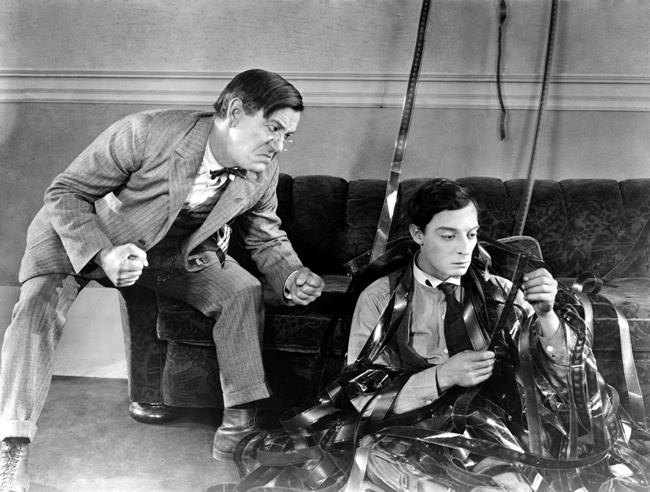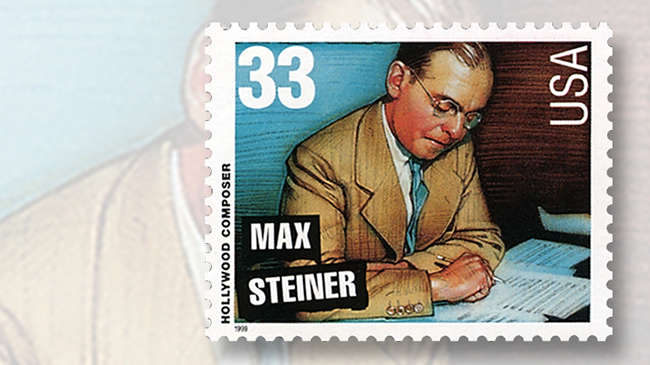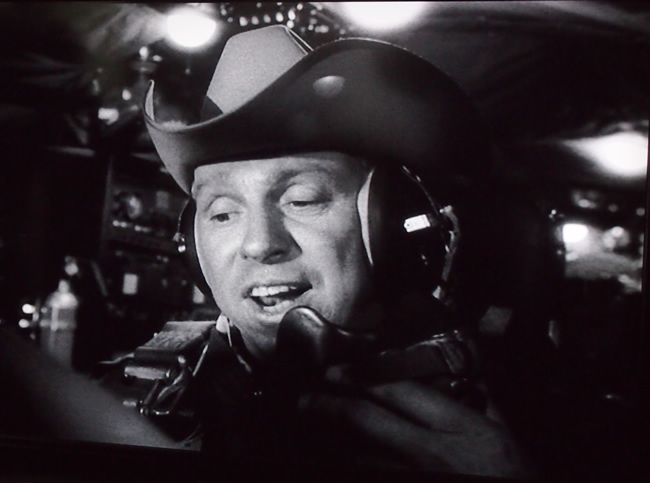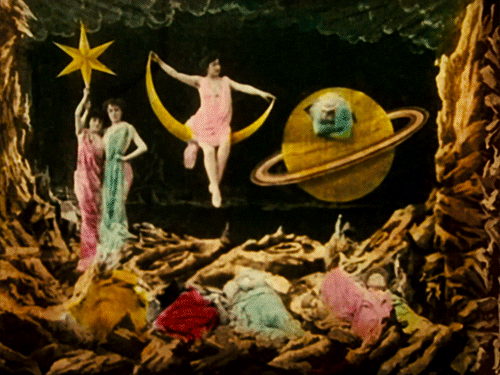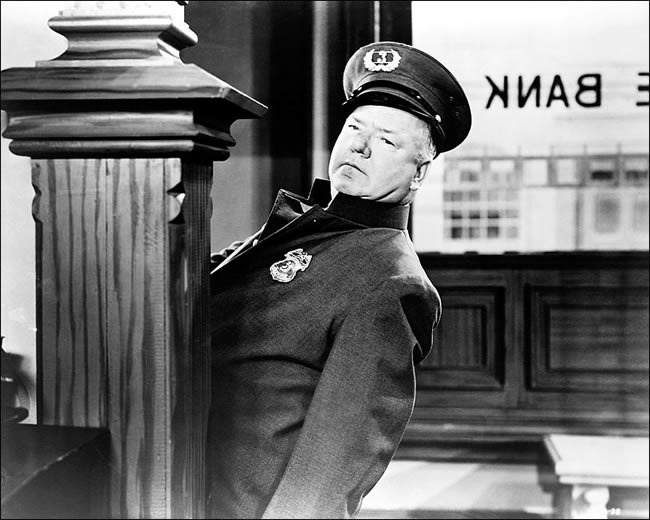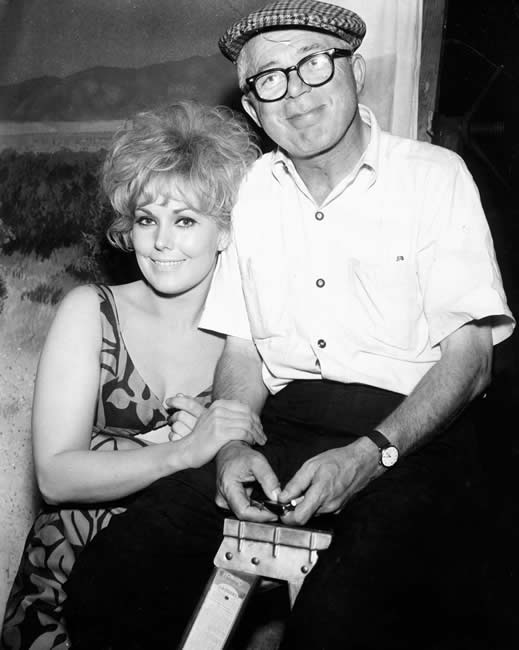
“I’ve seen Billy Wilder take suggestions from a prop man, and I don’t know a stronger director than Billy as far as being definite about what he wants, especially since he’s also the author. But he’ll listen and let you try. That’s the important thing, to at least let others try their ideas, and then say no or yes.”
— Jack Lemmon interviewed for Film Comment (May-June 1973)
